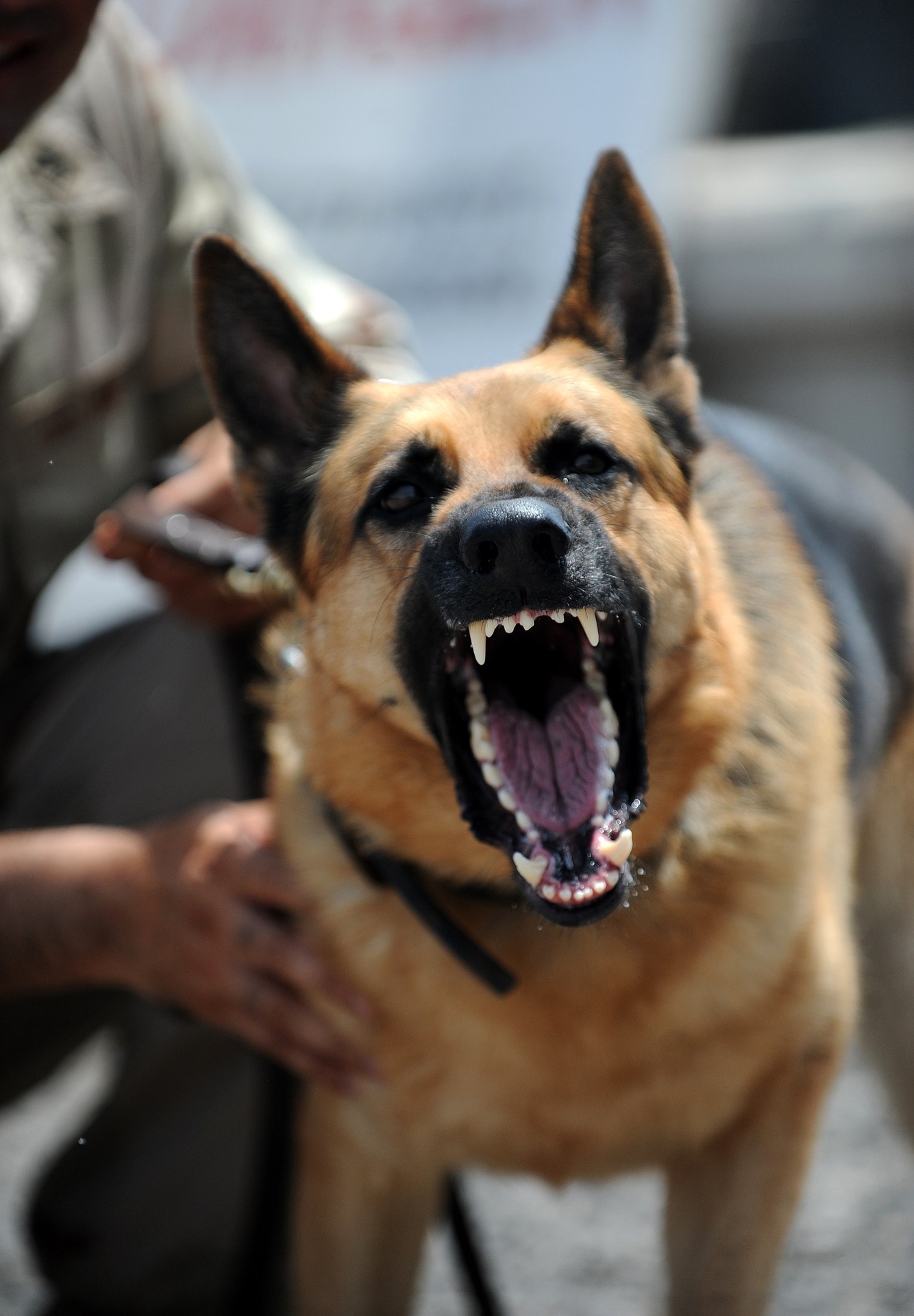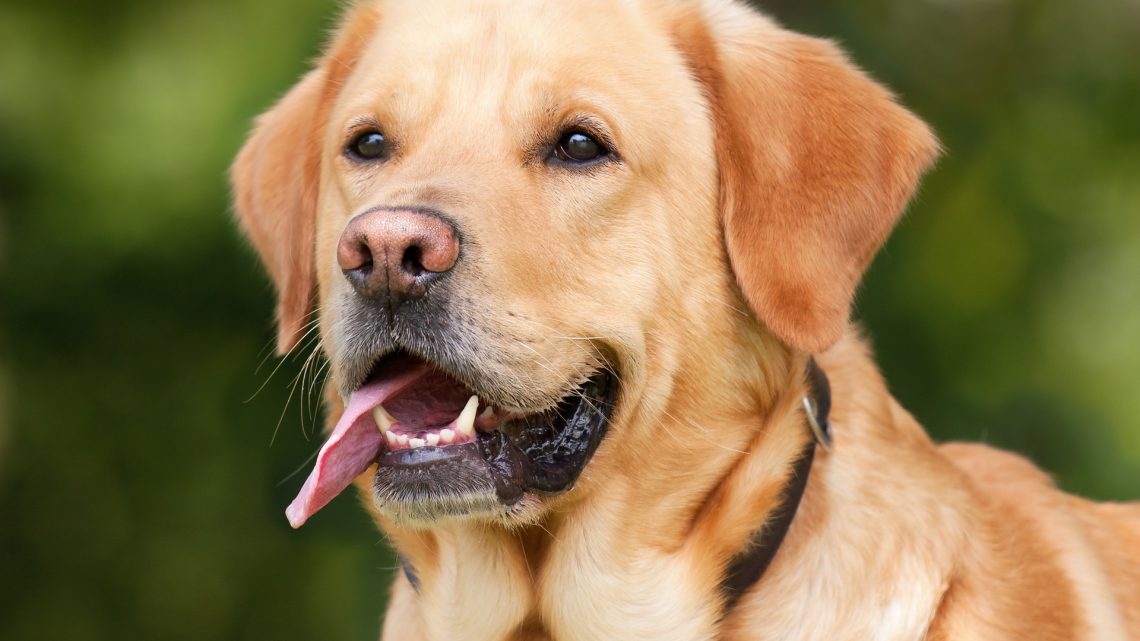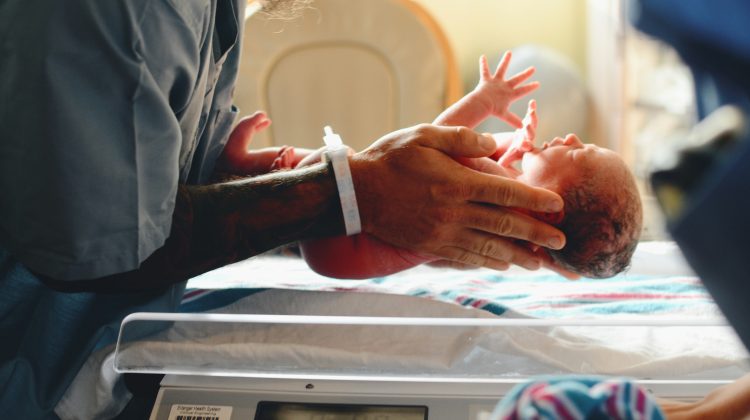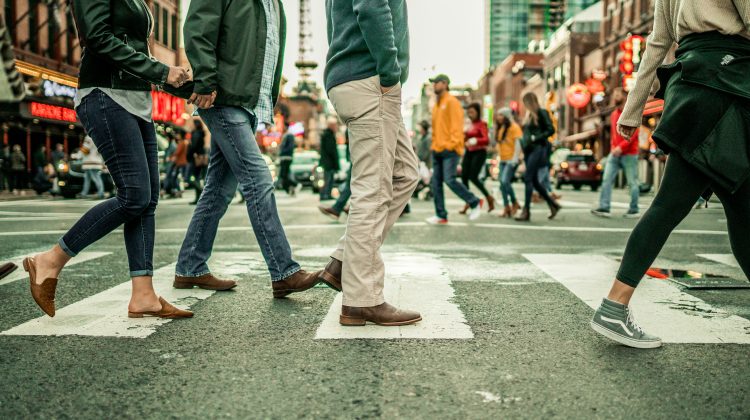It is no secret that dogs are some of the sweetest and loyal creatures on the planet. They’re patient, smart, and love to give you cuddles when you need them the most. That’s why they’re known as man’s or woman’s best friend. Despite all of this, accidents happen and dogs can be triggered to attack or bite humans.
Dog-inflicted injuries occur more often than people think. Charleston personal injury lawyer, Max Sparwasser, reports that in the United States alone, there are nearly 4.5 million dog bites every year. Here are some additional dog bite statistics for 2019:
- Dog bite injuries are the 5th most frequent cause of emergency room visits.
- 80% of dog bites happen at home.
- Kangal dogs have the strongest bite force.
Canine bites don’t often happen out of nowhere. To reduce the number of injuries that occur from dog bites, here are a few things that adults and children should know.
Understand A Dog’s Body Language
Dogs often don’t injure people out of the blue. While this can happen, there are often signs that preceded it. A dog’s body is often a good indicator of whether or not it will attack or bite you. The way that their body is positioned can tell you if they’re feeling anxious, afraid, threatened, or aggressive. Decode a dog’s body language by remembering the followings tips.
- They’re making their body look smaller. Often times when a dog makes themselves look smaller, they are anxious and scared. A few examples of this would be cowling near the ground, lowering their head, avoiding eye contact, and putting their tail between their legs. If they are doing this while trying to walk away from a threat, you should remove the threat or help the dog find some space. If a dog feels cornered, it is not unlikely that they will bite.
- They’re making their body look bigger. Canines make themselves look bigger when they are feeling aggressive and sometimes even protective. Their ears and fur will stand up, their heads will be raised, they will have a stiff stance and are most likely staring at what they believe is a threat. When this happens, try to remove the threat immediately. If your dog is on a leash, hold them close to your body so that they won’t be able to charge and bite what or who they are threatened by.
- They’re showing a mix of these two things. If your dog is showing signs of both of these positions, it could still mean that they feel anxious and unsure about what to do next. Keep an eye on them and be cautious with the people around them.

Do A Background Check
When you first get a dog, you should do a deep dive into their background. If you’re adopting one, you should learn more about the shelter that you are adopting from. If they have unfair policies and give the dogs harsh treatment, they might have trust issues and more prone to mauling humans. If you don’t believe that this will be an issue, you should learn more about how the dog entered the animal shelter. If they were previously a street dog or one that was abandoned by their former, they could also be defensive and harder to train. Don’t forget to speak to the volunteers and employees of the shelter to learn more about their day to day behaviors and whether or not they have a history of anger or aggression.
Spay or Neuter Your Dog
Did you know that dogs who are spayed or neutered harbor less aggression and are less likely to maul humans? This has shown to be true in male dogs. While it is not always successful, neutering male dogs can reduce leg-lifting, mounting, and most importantly, aggression. It is highly recommended that dog owners consult with a veterinarian about when their pets should have the procedure done. There are also health benefits that come with neutering or spaying. Learn more about them here.
Give your dog some time to adjust and take it easy the first few months that you have them. Observe their behaviors and body language and learn about what they find threatening. Slowly build up your relationship so that your dog will listen when you tell it to stop doing something. Find calming gestures or tones that they like and use that when necessary.




No Comment